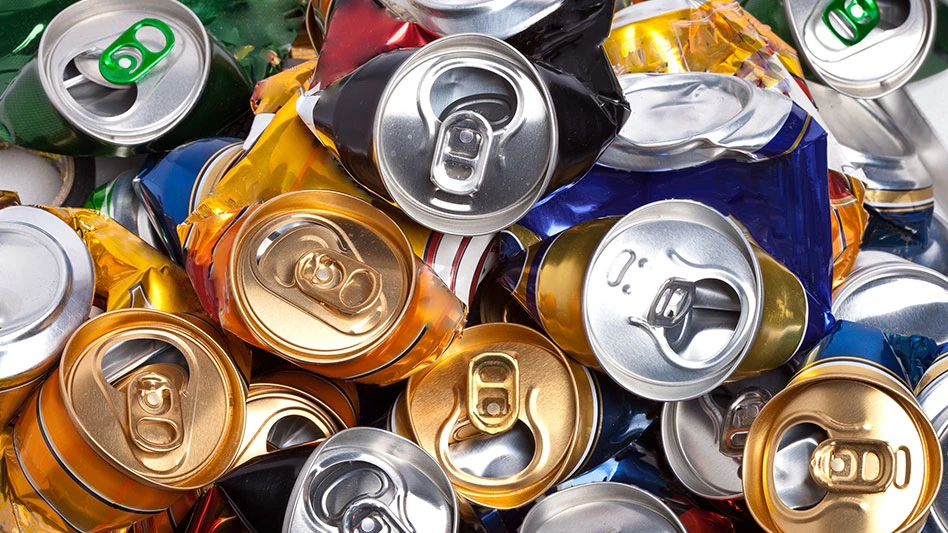
A new study on biodiesel’s lifecycle and greenhouse gas (GHG) emission effects has been recently published by the Argonne National Laboratory, Argonne, Illinois; the U.S. Department of Agriculture (USDA), Washington; and Purdue University, West Lafayette, Indiana. The peer-reviewed study confirms that biodiesel reduces GHG emissions by 72 percent and fossil fuel use by 80 percent compared to petroleum diesel.
"This is the highest GHG reduction of any heavy-duty transportation fuel and reflects biodiesel's natural ability to store solar energy in a liquid form compatible with today's engines and power generation technologies," Jim Duffield, a co-author of numerous lifecycle reports for USDA's Office of the Chief Economist, says.
"It's encouraging to see the commitment to data and quality analysis brought together in this study," Don Scott, sustainability director for the National Biodiesel Board, Jefferson City, Missouri, says. "It's not news that biodiesel is good for the environment. Where credible results are needed for sound policies, it serves us well to look at transparent, reliable science."
This study represents the first time Argonne National Laboratory has published a lifecycle assessment of biodiesel including indirect land use change (ILUC). The theory of ILUC suggests that economic benefits from renewable fuels impact farming patterns globally. ILUC modeling attempts to quantify the future impact of such predicted land use change. ILUC has been included in analyses by the U.S. Environmental Protection Agency (EPA), Washington, and the California Air Resources Board (CARB), Sacramento, California, that independently conclude biodiesel's GHG advantage exceeds 50 percent reduction over diesel fuel.
"The improvements to ILUC modeling in this study were not possible just a few years ago, because we did not have as much data as we do today," Farzad Taheripour, one of the study’s authors from Purdue University's department of agricultural economics, says. "Data available today shows that farmers all around the world are increasing productivity on existing farm land. Calibrating the model to these real-world trends improves the accuracy and reduces the predicted emissions of biofuel expansion."
The improved model reduces ILUC emissions by more than 30 percent relative to the score adopted by CARB in 2015, the study says.
"Biodiesel's emission reduction benefits are so great that you can overapply penalties aligned with the most conservative models and biodiesel is still the cleanest alternative for today's diesel engines and the heavy-duty transportation of tomorrow," Scott says.
For example, although CARB applies an ILUC penalty to soy biodiesel, biodiesel remains a key component to reducing greenhouse gas emissions under the Low Carbon Fuel Standard.
Using its flagship Greenhouse Gases, Regulated Emissions and Energy Use in Transportation (GREET) LCA model, Argonne computes the GHG advantage of biodiesel as reducing emissions by 76 compared to petroleum. GREET houses engineering data for allocating process emissions, but it does not make predictions of future economic changes. When predicted economic impacts are added, the GHG benefit lands in the range of 66 percent to 72 percent better than petroleum. The lower end of this range results from using CARB's emission factor model developed specifically for the California market. The higher end of this range results from using the emission factor model developed by the national laboratory, which includes higher resolution for organic carbon where that data is available.
Roughly half of the biodiesel used in the U.S. is made from soybean oil. The other half is produced from sources like used cooking oil, animal fats, and other fats and oils. The authors of this study began by collecting the latest data on the energy and emissions from farming soybeans. Soybeans are grown primarily to produce protein meal for livestock feed. So, the first processing step after soybeans leave the farm is to a soybean crush facility where 80 percent of every soybean is used to produce livestock feed. The volume of oil that remains after protein extraction exceeds demand for feed or food (i.e. salad dressing, frying and baking), so a portion of that oil that cannot be eaten or exported is used to produce biodiesel.
"This study includes the largest ever survey of biodiesel production facilities to capture the energy used in the form of natural gas and electricity to convert fats, oils, and grease into biodiesel fuel," Jeongwoo Han, who maintains the GREET model for Argonne National Lab, says.
All these emissions were also combined with the emissions of transporting raw ingredients and finished fuel to market. By including all the emissions in the entire fuel lifecycle, this report presents a comparison with the emissions of producing and using diesel fuel. This study includes more data but yields consistent results with other studies published over the last two decades.
Latest from Waste Today
- AMCS launches the AMCS Platform Winter 2024
- Pettibone adds new model to telehandler line
- Waste Pro near top of Florida private companies list
- Fayetteville, Arkansas, launches curbside food waste collection program
- Stellar acquires Elliott Machine Works
- EREF launches second controlled release study to improve methane detection at landfills
- Landfill Insights: Reducing machine hours by increasing efficiency
- Machine learning researched as battery fire detection technique





